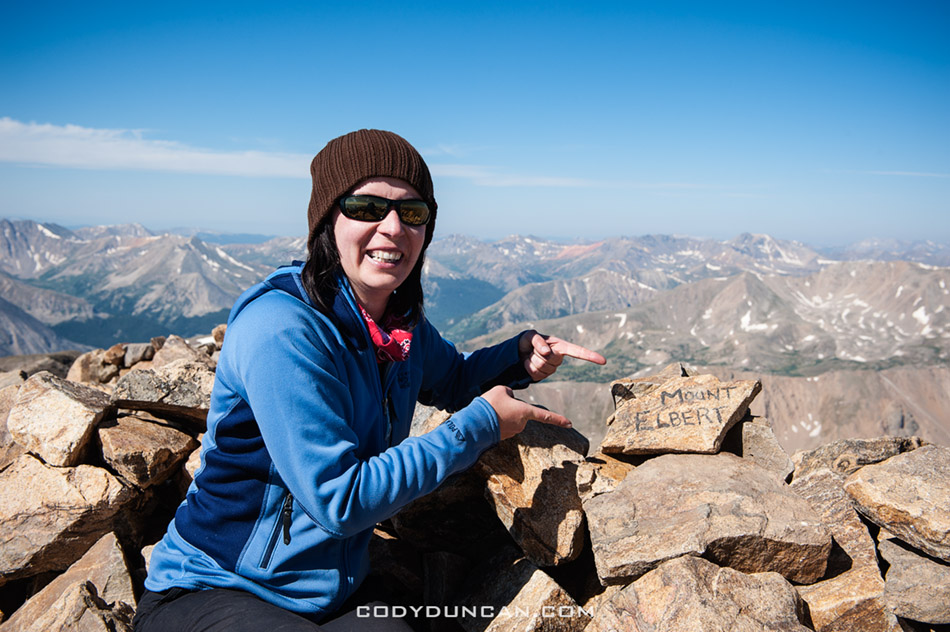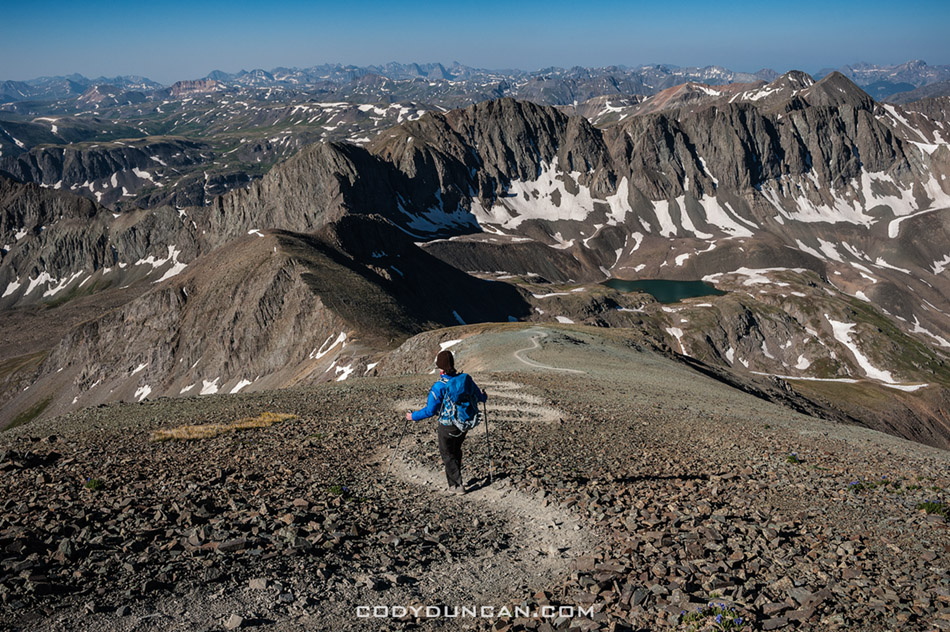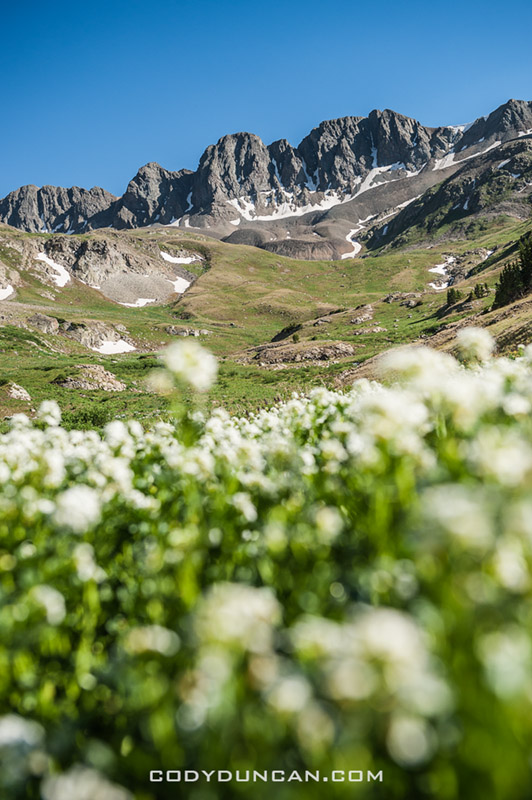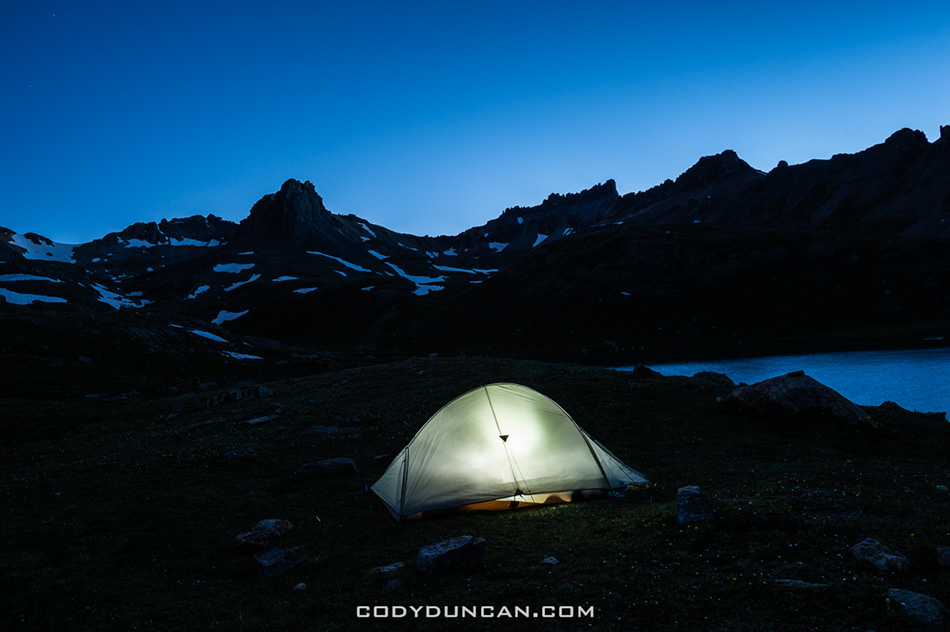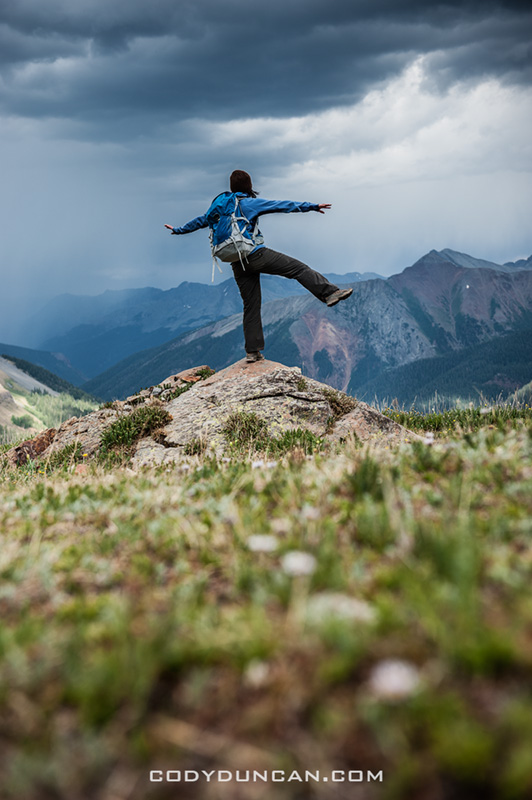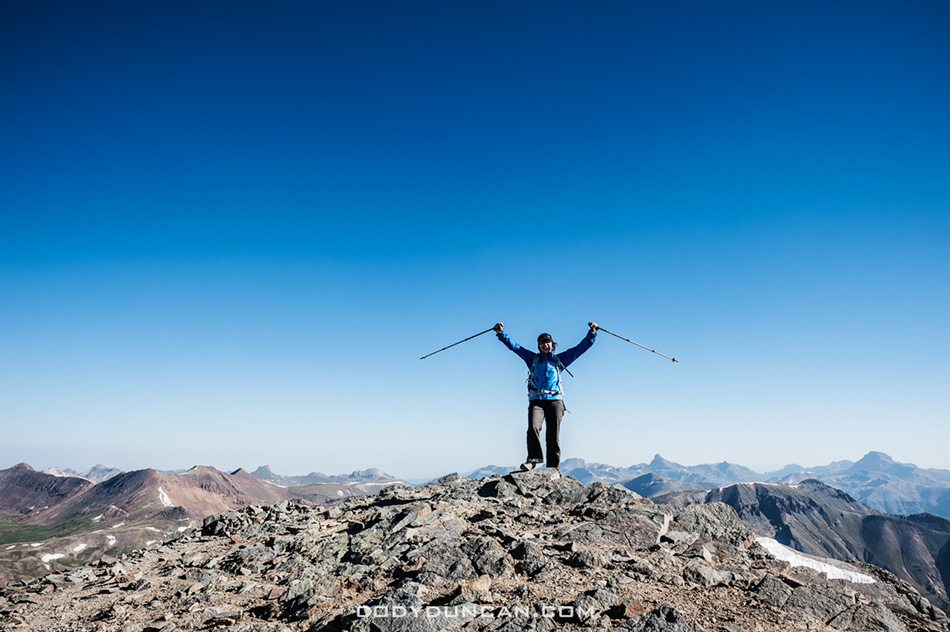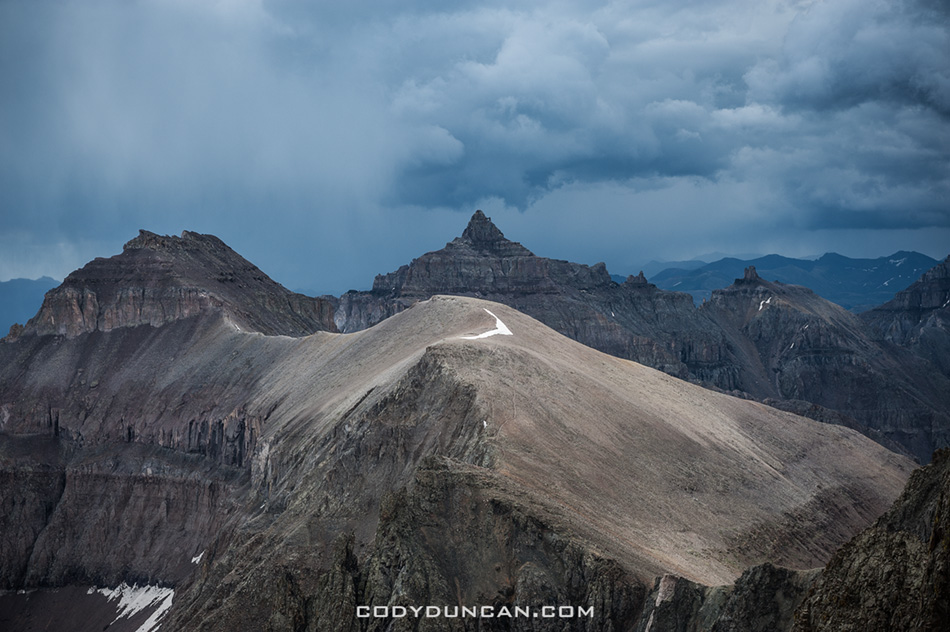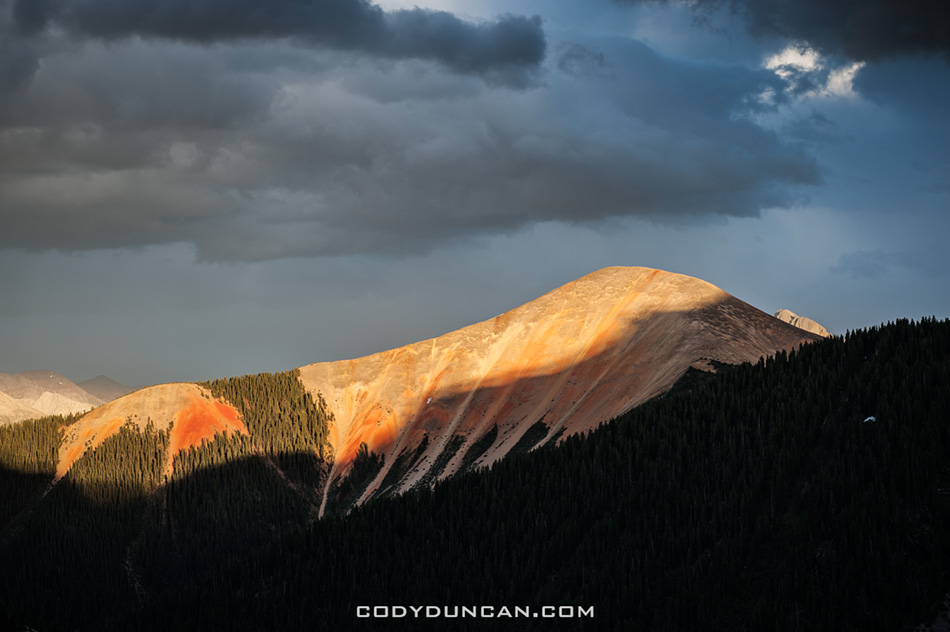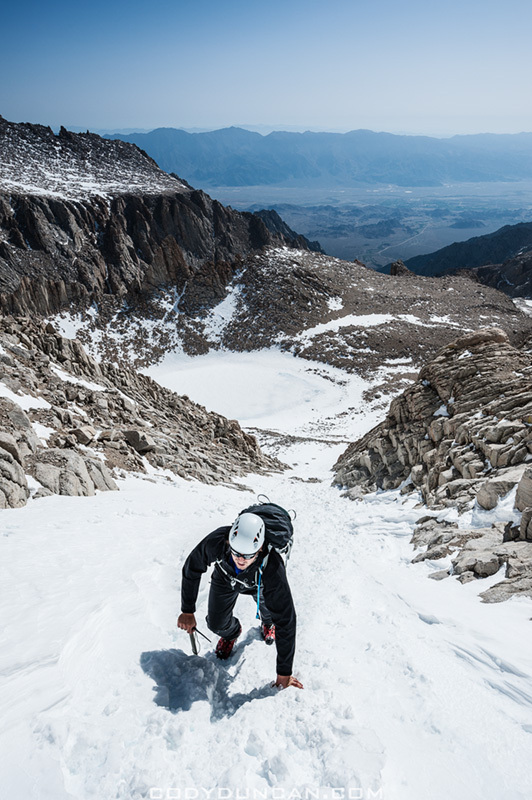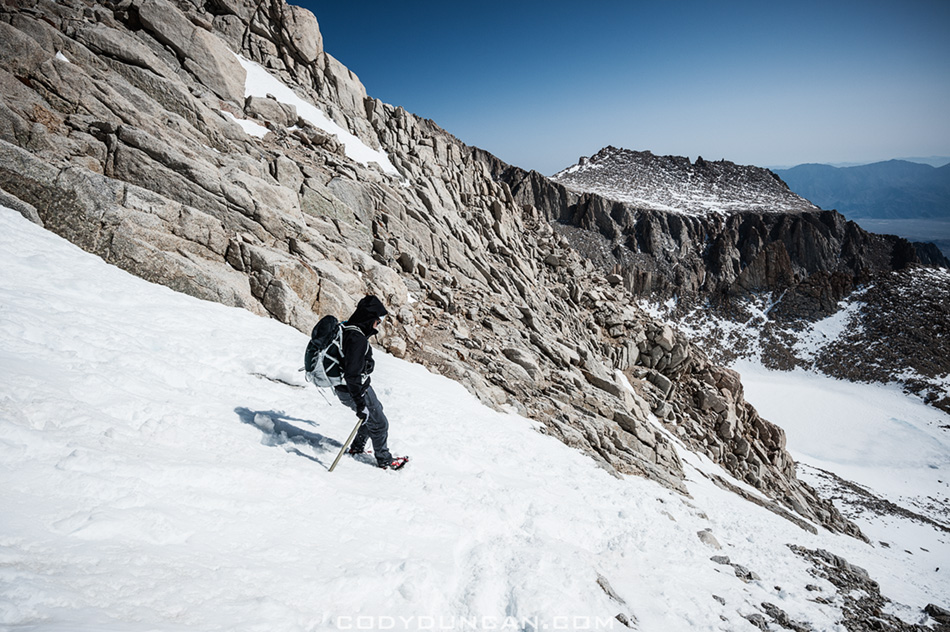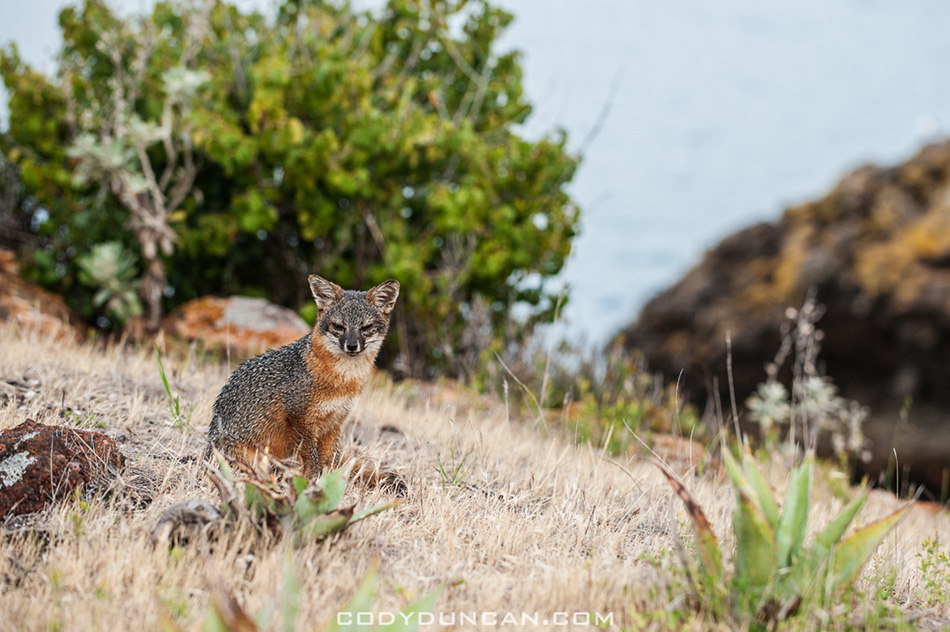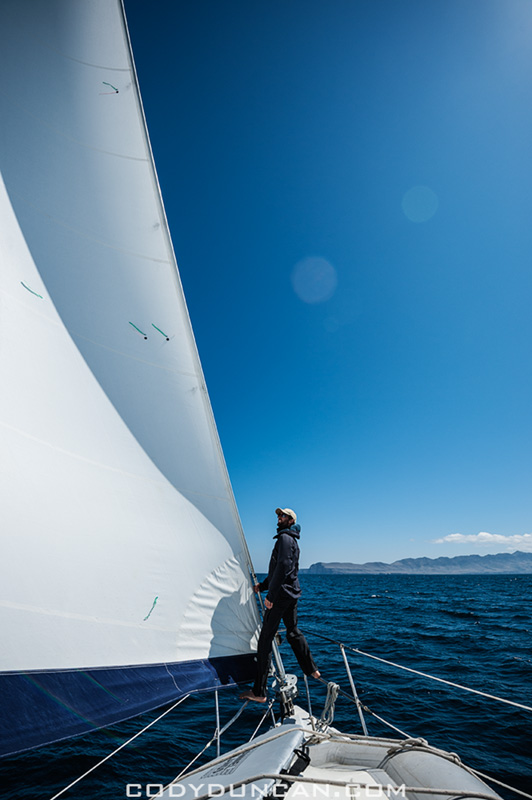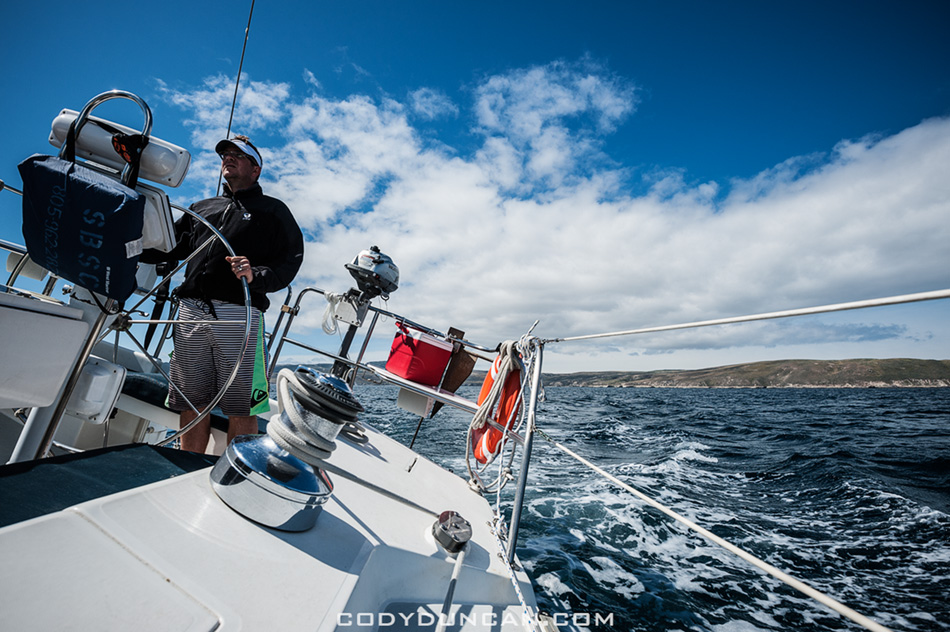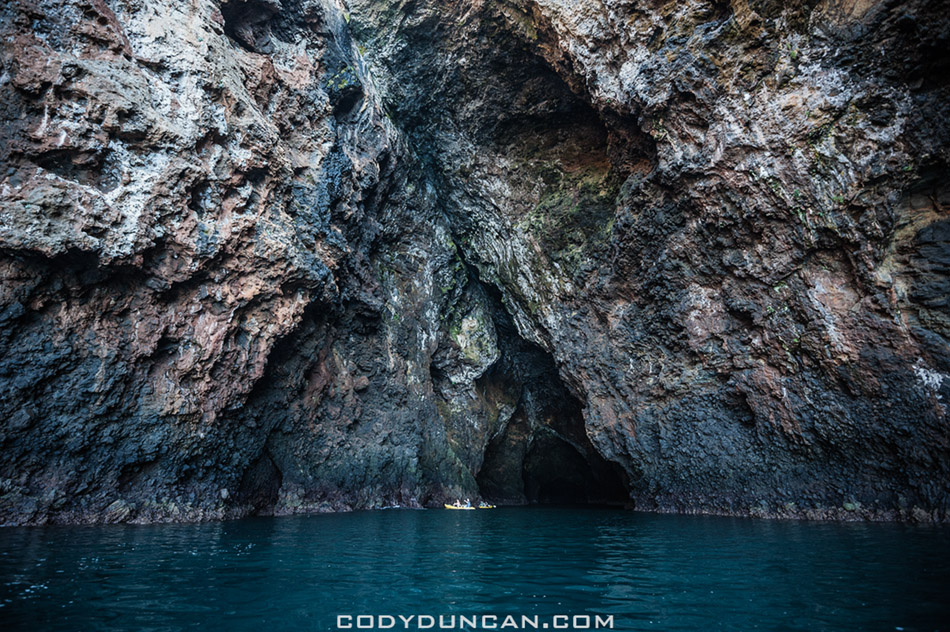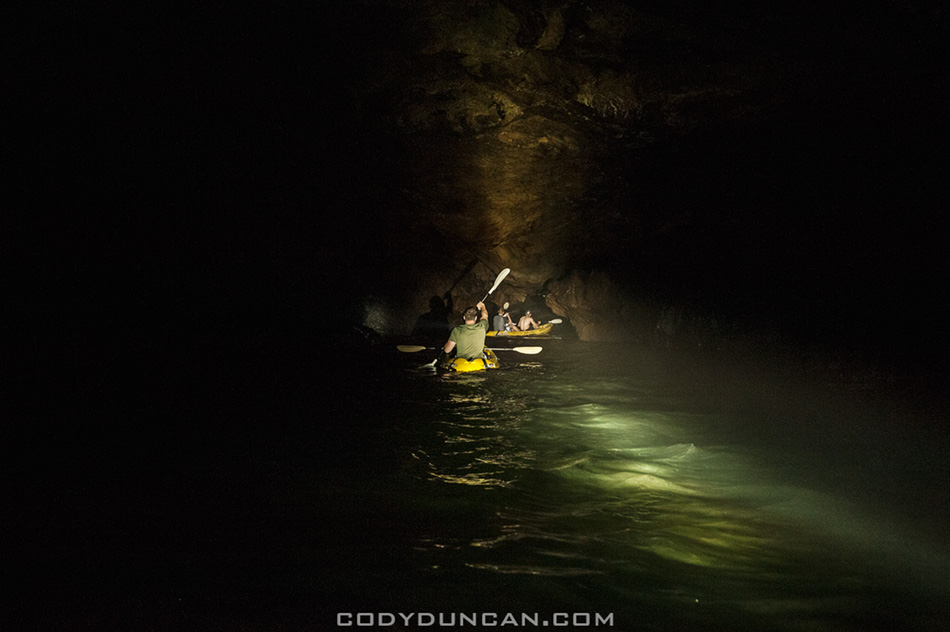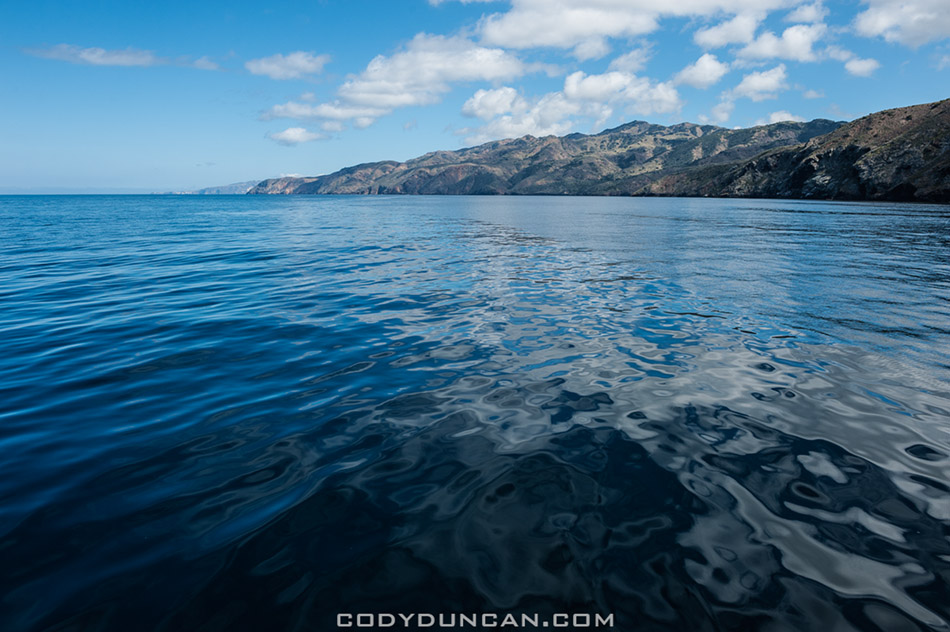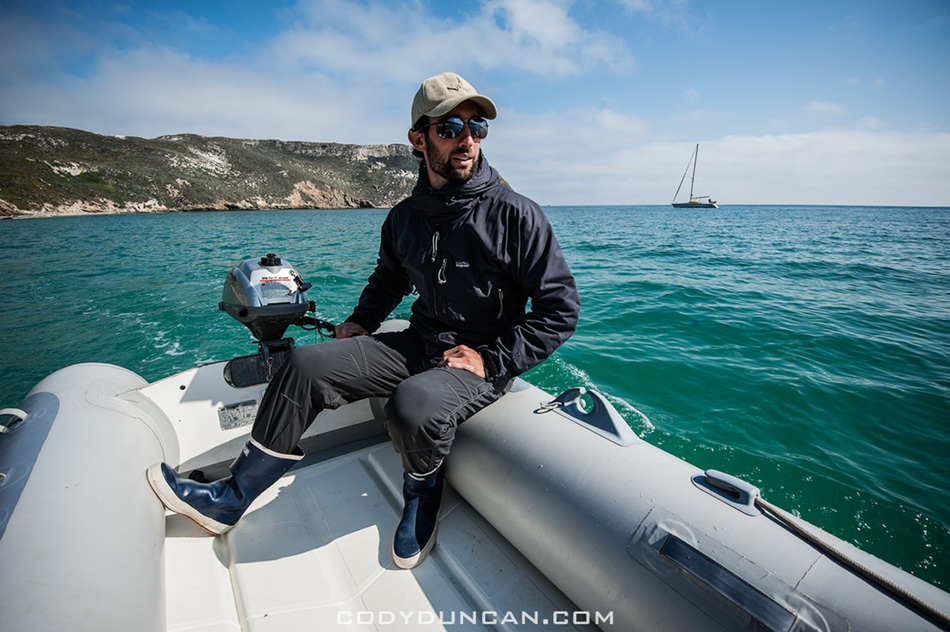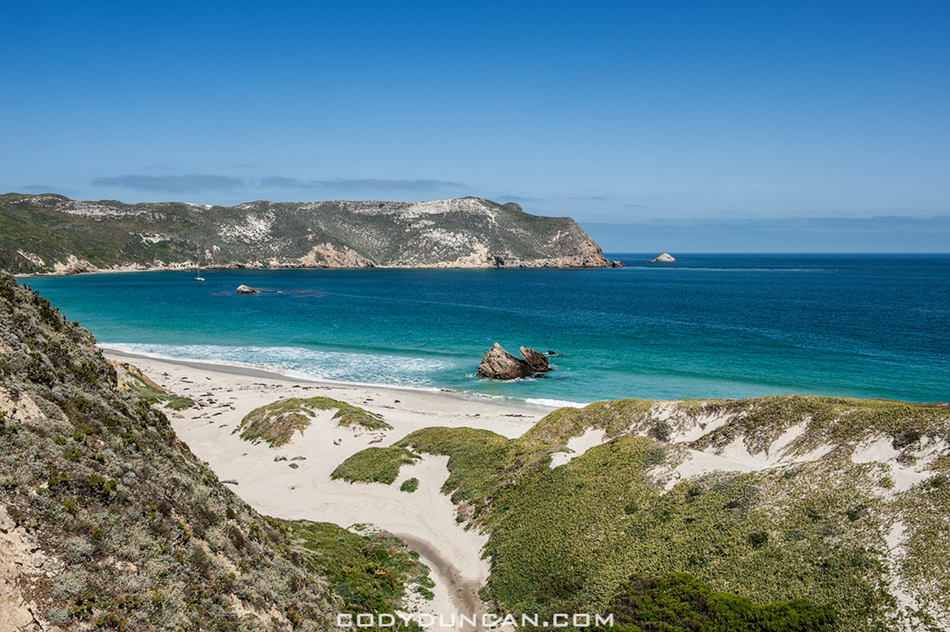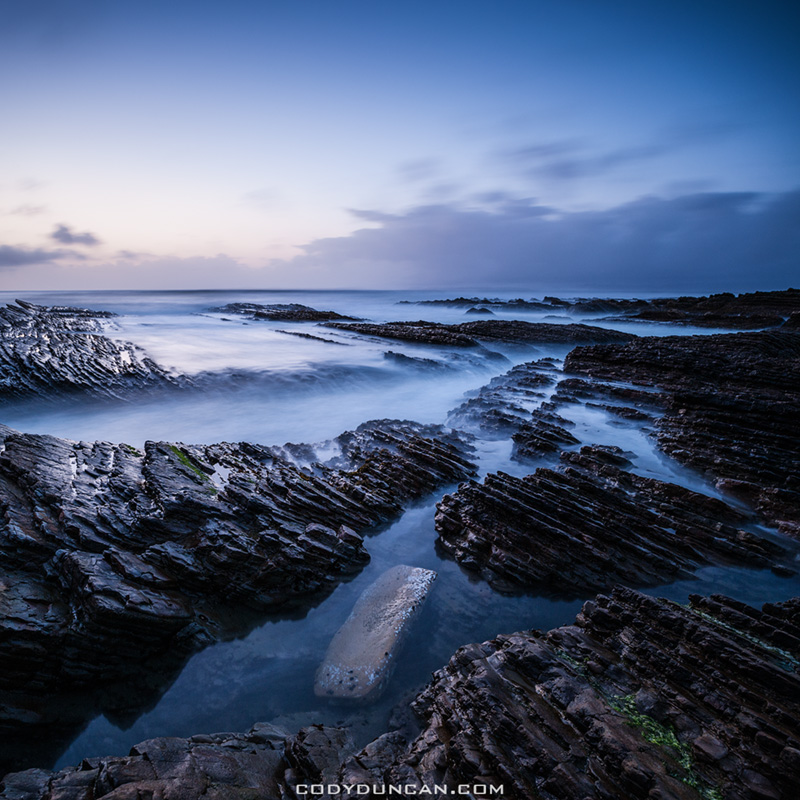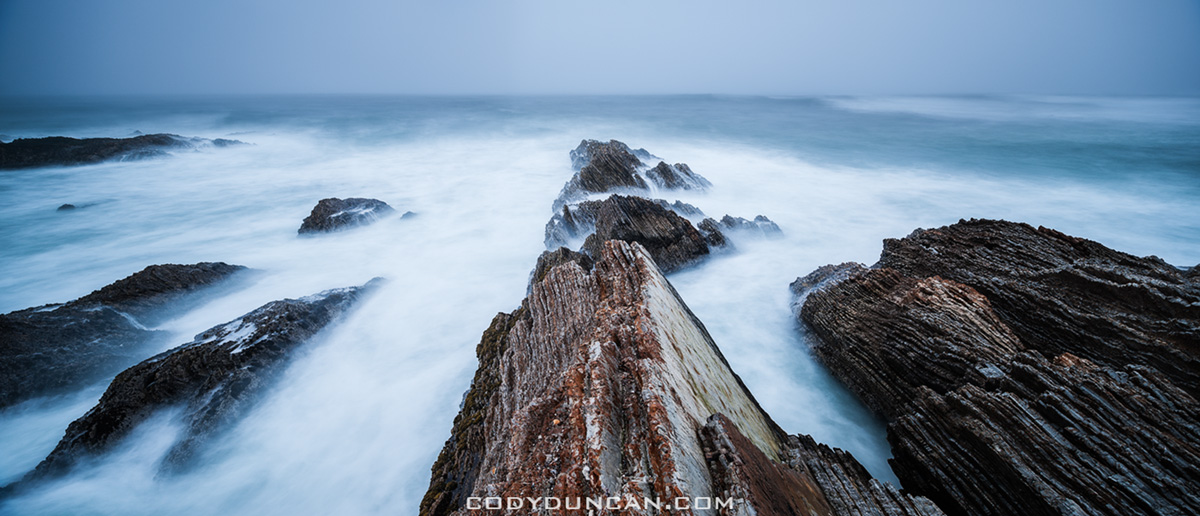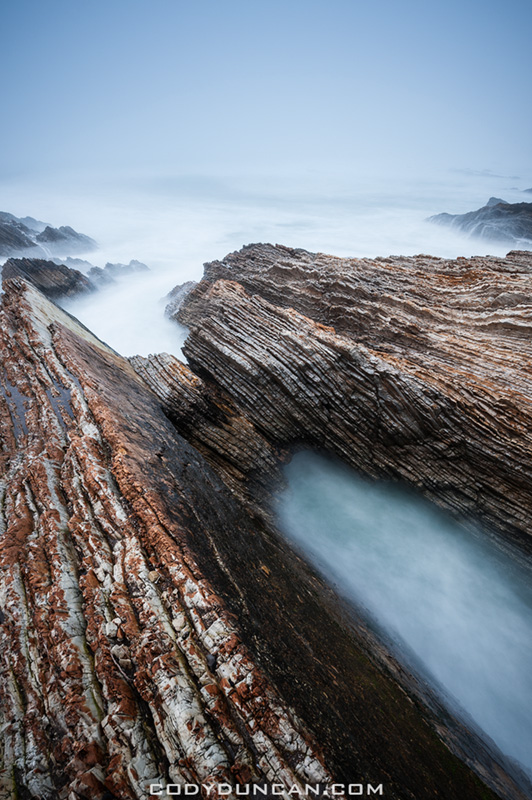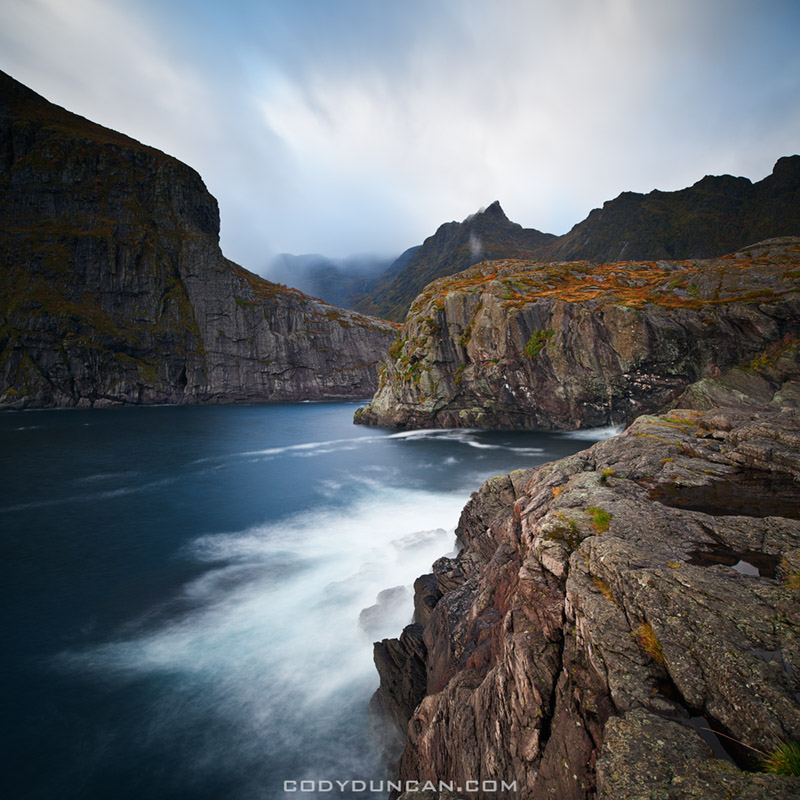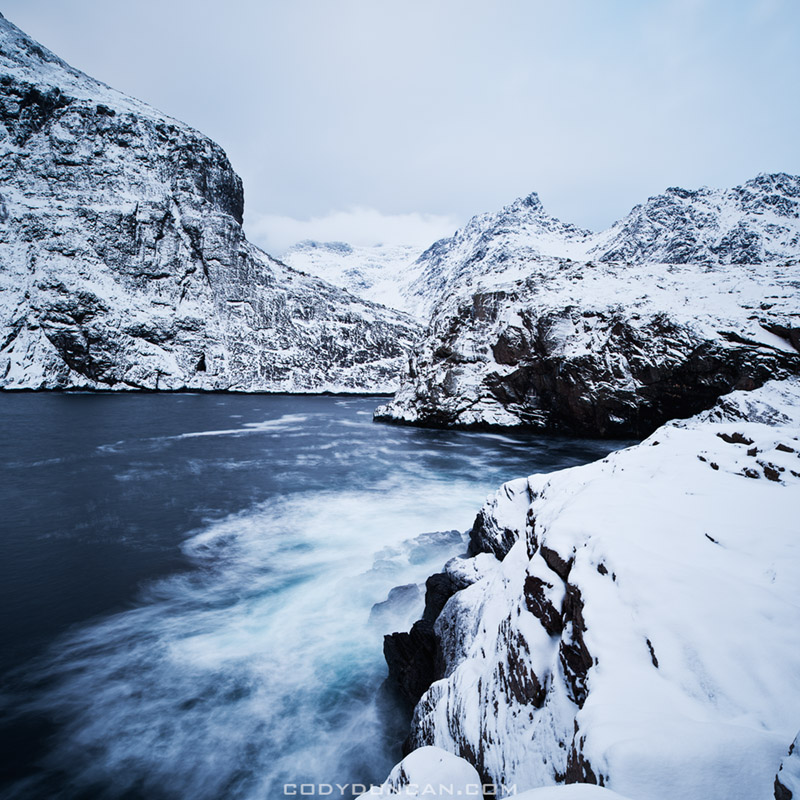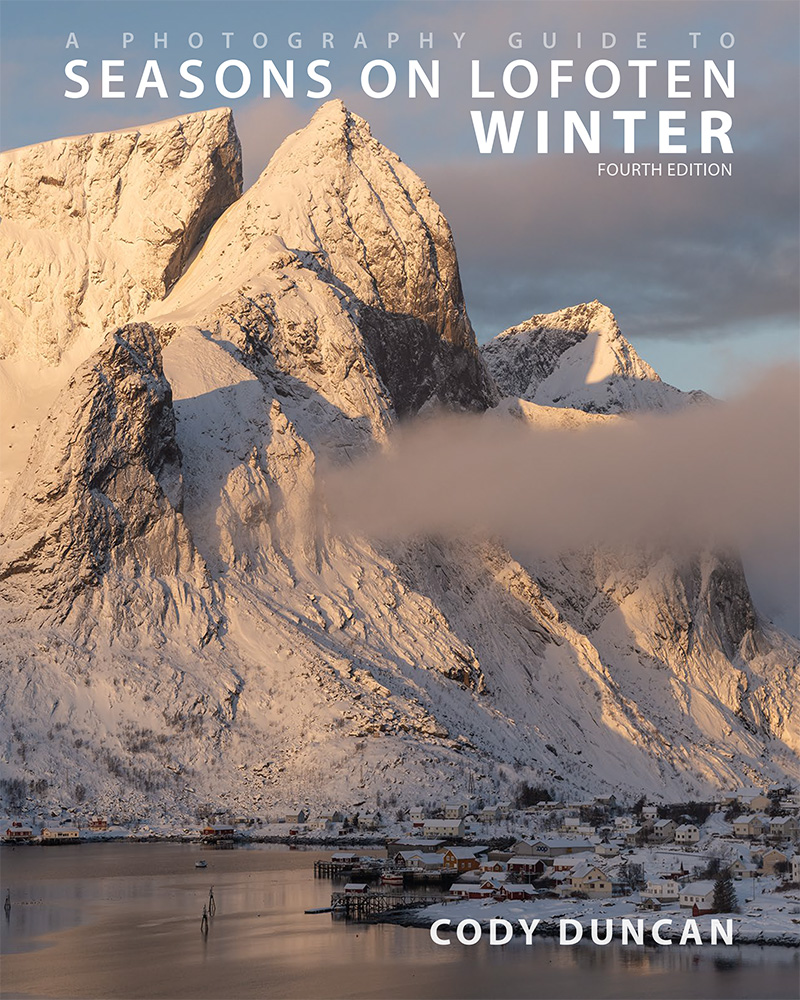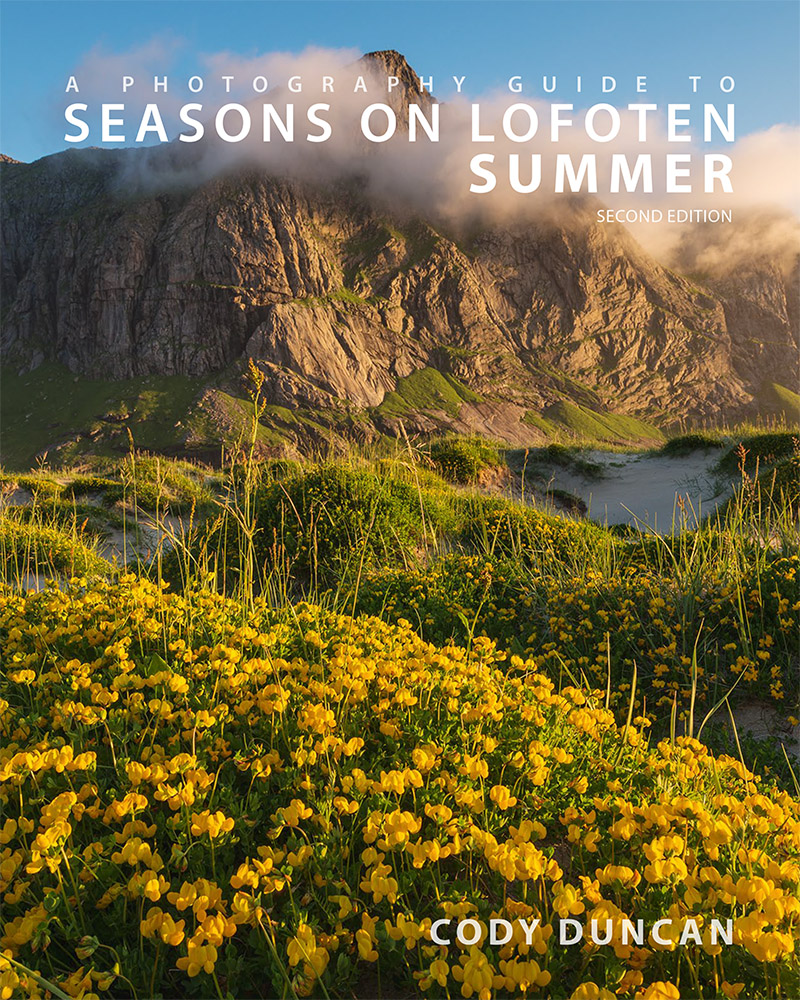
Photo: Amber from the shores of the Baltic Sea, Curonian Spit, Lithuania. Oct 2011
My first visit to the Curonian Spit on the Baltic coast of Lithuania was in February 2007. I had been planning a whole trip up through the Baltics to Finland, but that never happened as I retreated from the cold and headed back to Germany. At the time I didn’t know much about the area but I find heading towards the coast is usually a safe decision when I have no idea what I’m doing or where I’m going. So on a cold, dark, snowy February afternoon I found myself getting off a bus in the port town of Klaipeda.
After a bit of a wander I discovered the city is not the most interesting place in the world but a short ferry ride across the Curonian Lagoon would take me to the Curonian Spit, a thin slice of dunes and forest separating the lagoon from the Baltic sea. I ended up down in Nida, the last town before the border with Russia and had a wander around the frozen lagoon and snow covered dunes, eventually making my way out the the Baltic coast.
I knew there to be amber in the area and so I set about in search of some. Not having much of an idea of where to look or what exactly it looked like, all I knew was it was roughly dark-orange in color, I eventually stumbled upon a stone or two which I thought had the right look. With the hour getting late and not wanting to miss the last bus north I safely secured the stones in my bag and headed back across the dunes to Nida.
Upon my arrival back to Germany a few days later I was informed that all I had was rocks. Though somewhat disappointed, I entered the Curonian Spit into the ‘need to return to’ section of my mind, with the feeling that there’s still some mystery about the place that I’d like to further explore one day. Though perhaps not in winter next time.
So in the Autumn of last year I found myself packed like a sardine on some small mini-bus speeding through the Lithuanian countryside towards Klaipeda with a driver who must of thought he was Michael Schumacher and the old smelly diesel engine just didn’t have quite enough power for his preferred style. After a few near head-ons going around blind corners I figured I was glad I had some emergency contact numbers in my wallet incase I ended up in the hospital, or worse.
With a new bus station, supermarkets and other construction down by the waterfront, Klaipeda is getting some much needed renovations. But for me it is still merely the travel point out to the Spit.
From the harbor leaves a ferry ever 30 mins to 1 hour, depending on the season, for the 2-3 minute crossing. Arriving on the north of the Spit at Smiltyne, there are several busses per day which make the 45km journey south to Nida. Getting up early I had planned on catching the morning bus and spending the day wandering around the dunes again. But unfortunately I received a bit of mis-information and the bus schedules had changed and there was no bus coming until later in the afternoon.
I thought about just heading back to Klaipeda and coming back later but before I could make a decision the ferry was already leaving. So at that I wandered west through the forest and out the the Baltic. On the coast it is basically one long beach, somewhat reminding me of the islands of Juist in Germany where I spent some weeks on in the past. With nothing else to do I just began walking south along the water. The memories of my journey five years before were still in my mind, “Lets see if you can find some amber this time Cody, not just rocks!”
After some 20-30 minutes something shiny caught my eye. Hmmm, looks like it could be amber, but ehh, that’s what I thought last time too. Then a step later I saw another piece, and then another, partially hidden by some seaweed. And then more and more. I’ve actually found it this time, cool!
It took me a little bit to work out where it was, but it floats to the coast in something similar to what would be veins of gold in the ground. There are 5-10 meter sections where there will be a lot and then nothing for another 200-300 meters or more. Because amber is lighter than normal rocks, it often drifted to shore in sections where there was lots of other stuff like old pieces of wood or seaweed from the ocean floor. When wet, the color would immediately catch my eye and in some places a little digging under the sand would turn up more. I’ve usually heard that it gets washed up after storms, but I must have just been luckily. Though there were quite a few other locals out collecting as well, so maybe there was something a few days before that I didn’t know about.
I never did make it down to Nida or the dunes that day, feeling that I’d gotten enough sun for the day; I think I’m the only person in the world who can get a sunburn in Lithuania in October. But that’s really okay with me, more reason to go back again…

Photo: Klaipeda waterfront at dusk. Oct 2011
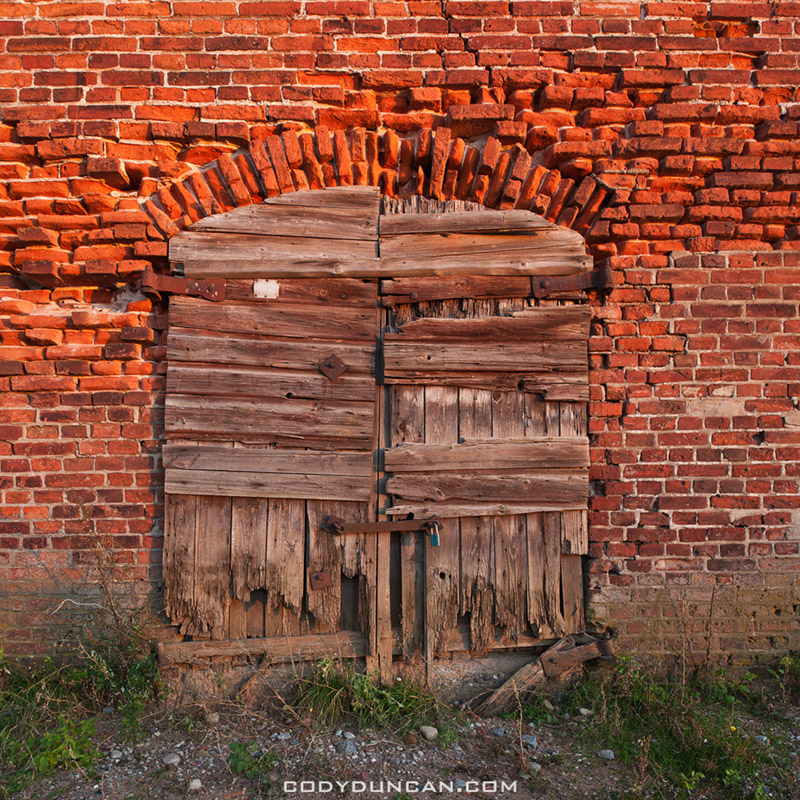
Photo: Old door and wall, Klaipeda, Lithuania. Oct 2011
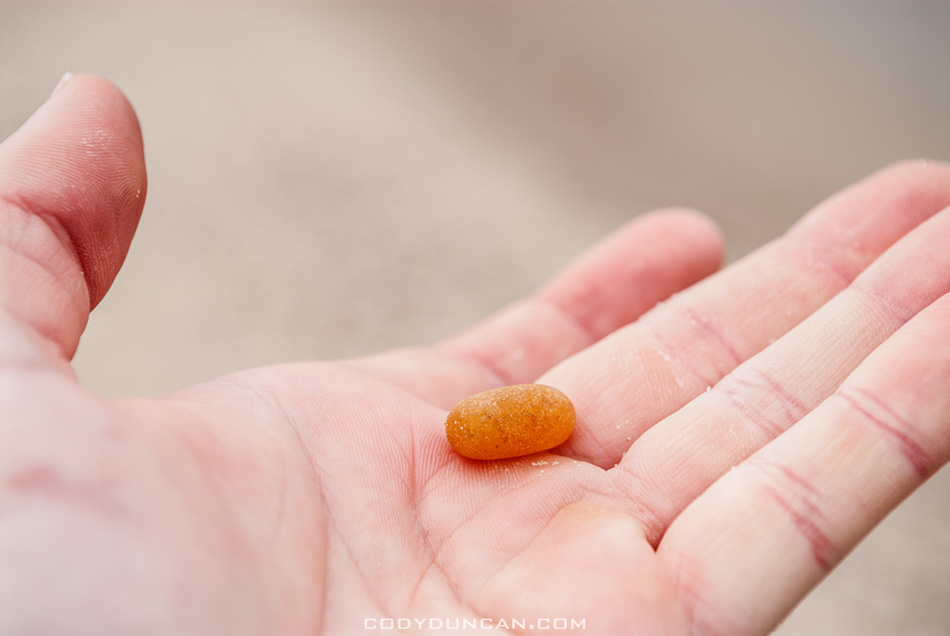
Photo: Amber? Nope, just a rock! Curonian Spit, Lithuania. Feb 2007
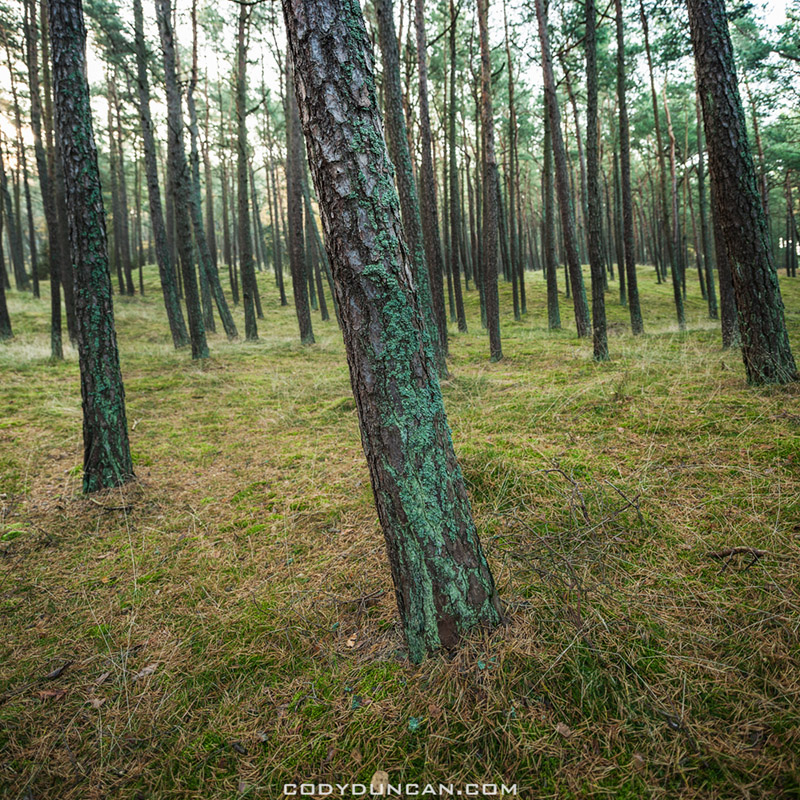
Photo: Coastal forest, Curonian Spit, Lithuania. Oct 2011
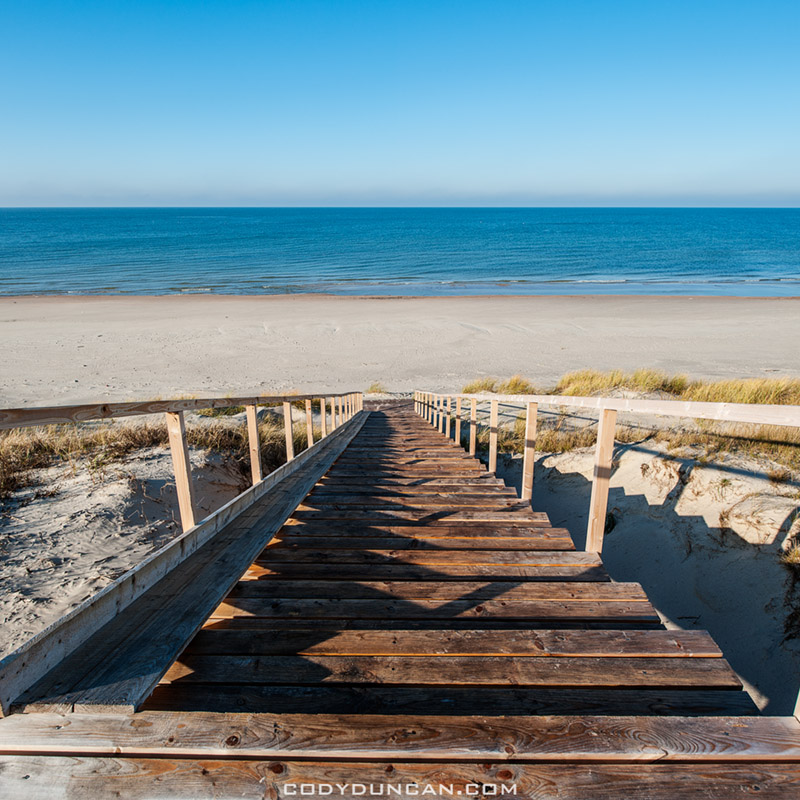
Photo: Steps to the Baltic, Curonian Spit, Lithuania. Oct 2011

